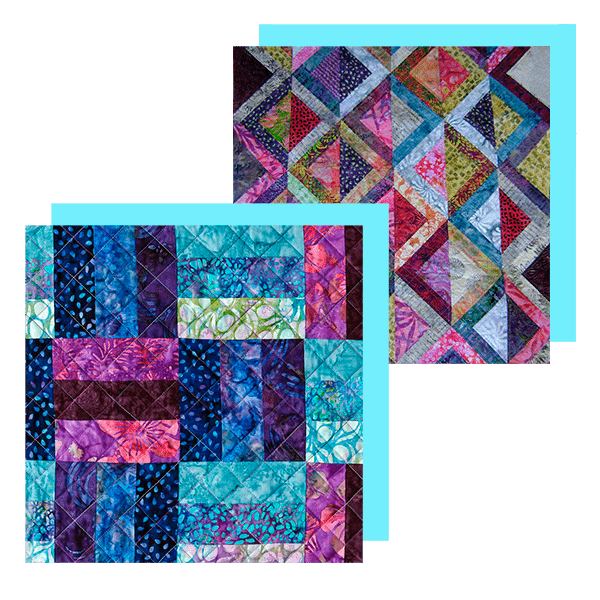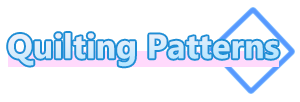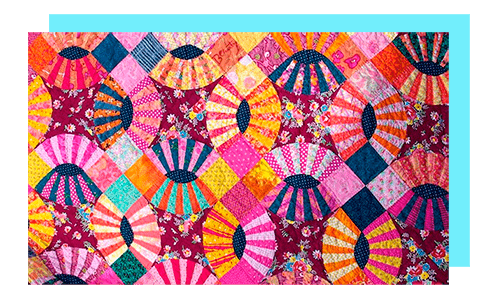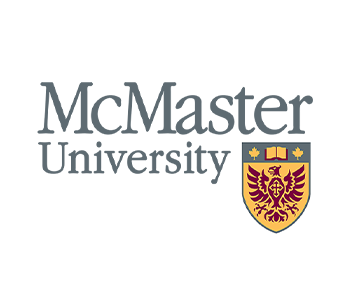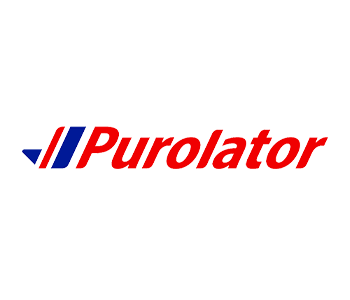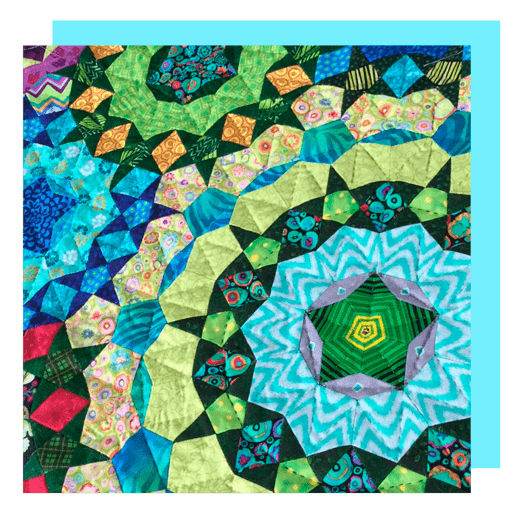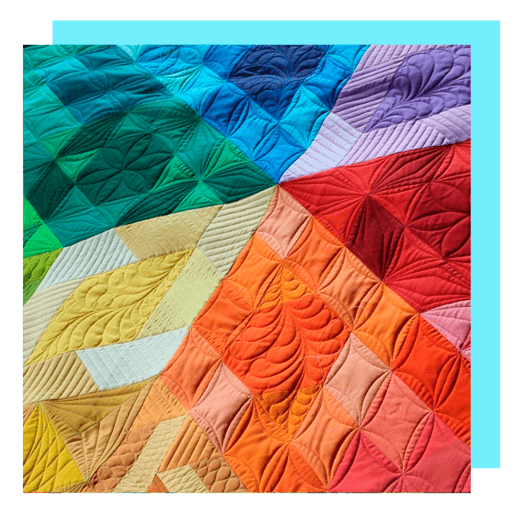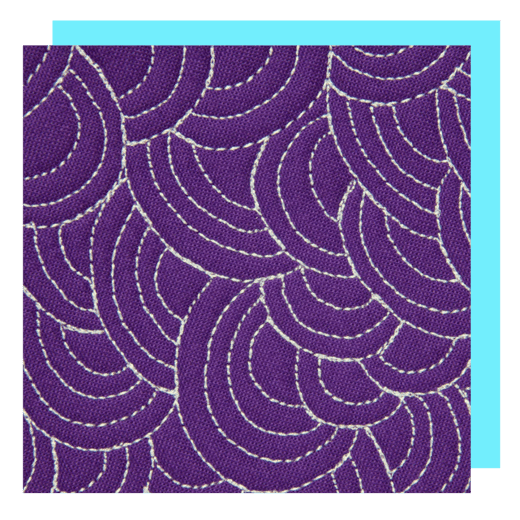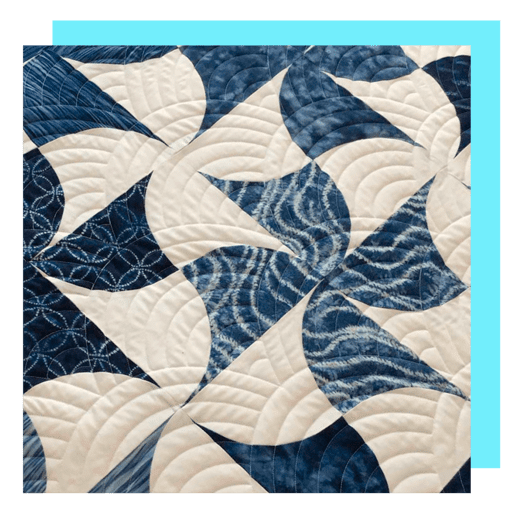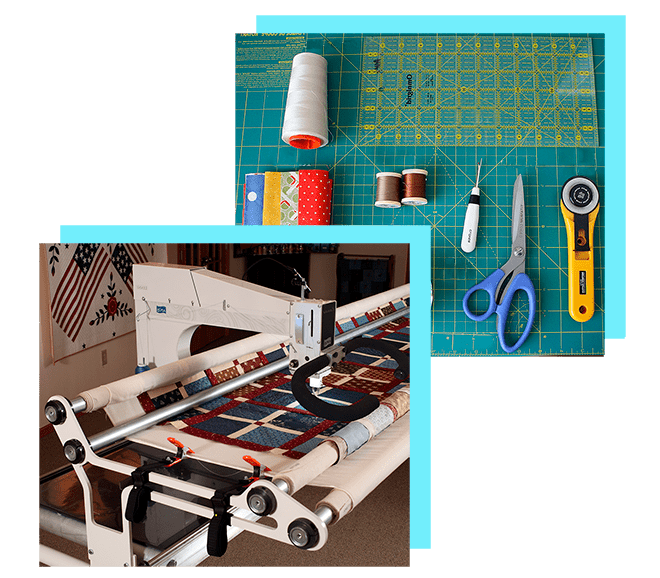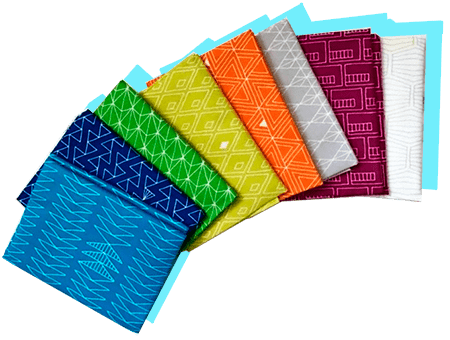All about Quilting Patterns, Tips & How-Tos
If you’re a quilting fan or just want to brush up on the different sorts of quilting, this key quilting information about techniques and styles is just what you need. It’s also worth noting that some people have no idea what quilting is. As a result, we’ll explain what the phrase means. Perhaps after reading this article, you’ll want to start thinking about a quilting project. What exactly is quilting? What are the various quilting techniques? Continue reading to discover the answers to all these questions.
